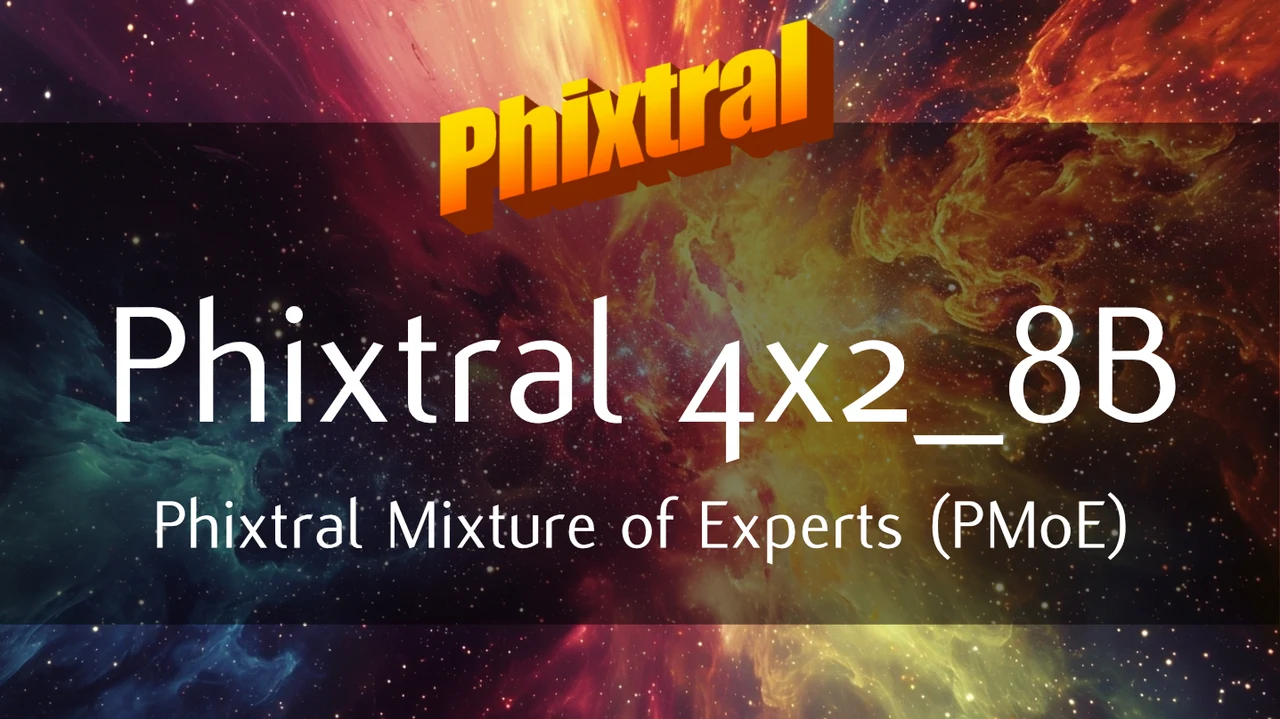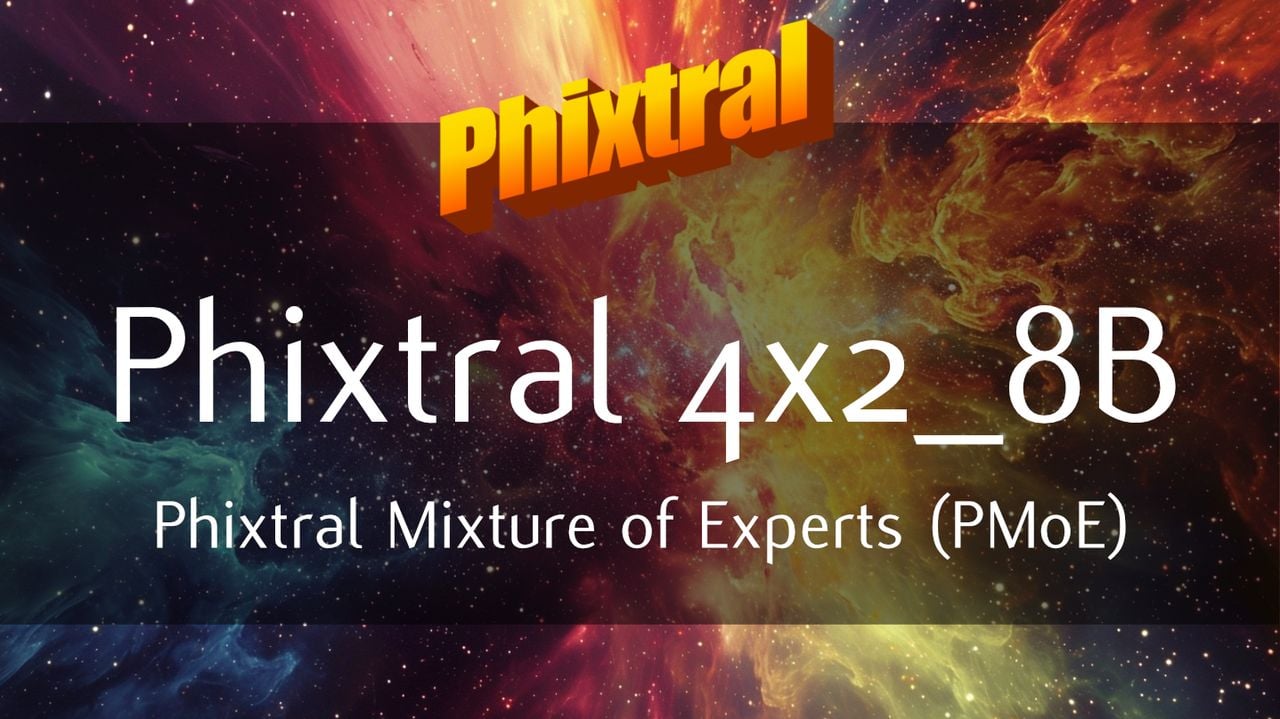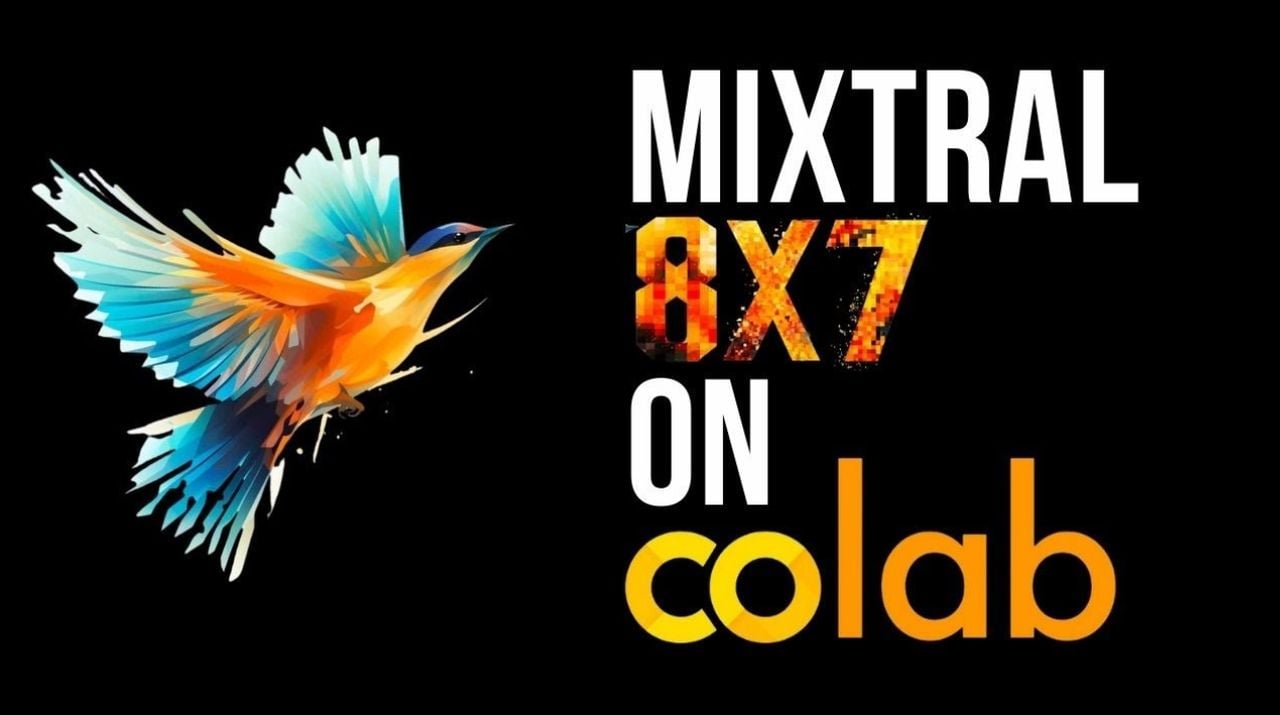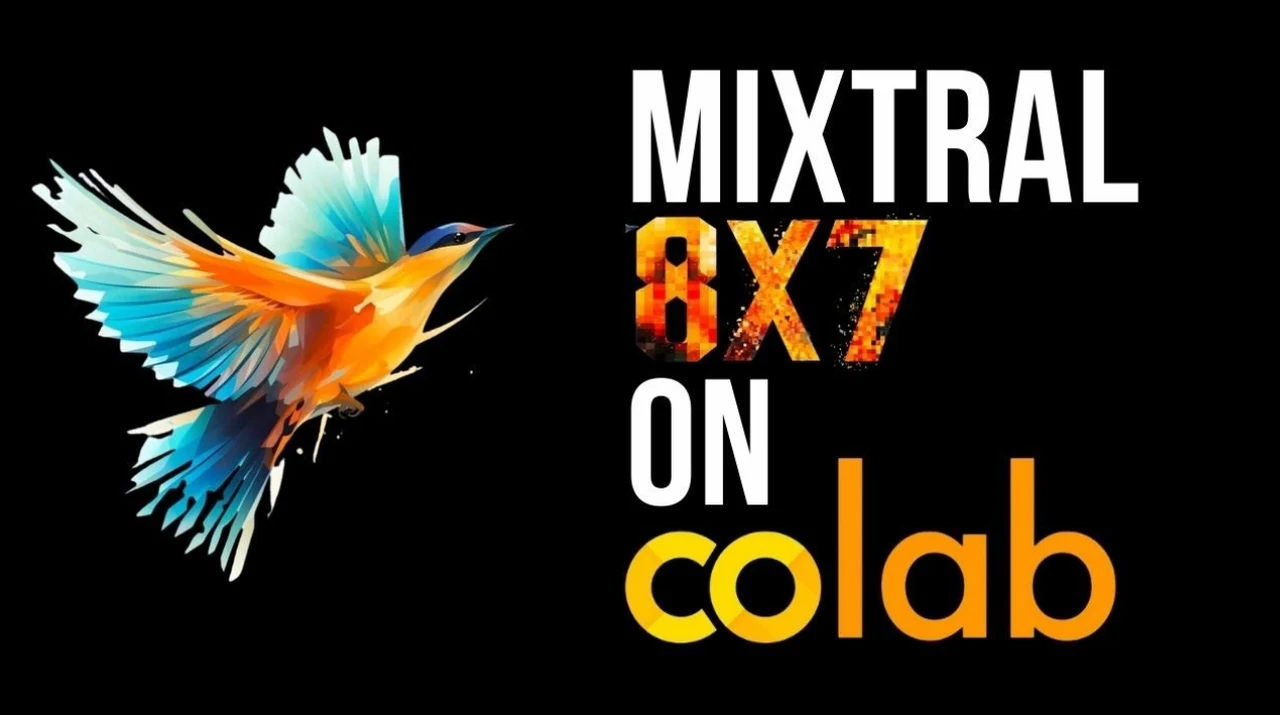
In the fast-paced world of artificial intelligence, a new coding model has emerged, capturing the attention of tech enthusiasts and professionals alike. The Phixtral 4x2_8B, crafted by the innovative mind of Maxim Lebon, is a tool that stands out for its ability to enhance the way we approach coding tasks. This model is not just another addition to the AI landscape; it represents a significant step forward, building on the strengths of its predecessors to deliver a more efficient and accurate coding experience.
The Phixtral 4x2_8B is inspired by the phi-2 models from Microsoft, which are celebrated for their precision in handling complex coding tasks. However, the Phixtral goes beyond what these models offer, providing performance that surpasses that of traditional coding tools. It’s a development that has caught the eye of many in the industry, as it promises to streamline coding processes in ways that were previously unattainable.
Phixtral is the first Mixture of Experts made by merging two fine-tuned microsoft/phi-2 models. One of the most compelling aspects of the Phixtral 4x2_8B is its versatility. This small model (4.46B param) is good for various tasks, such as programming, dialogues, story writing, and more.
The model comes in two configurations, giving users the option to choose between two or four expert models depending on their specific needs. This flexibility is a testament to the model’s design, which is centered around the user’s experience and the diverse challenges they may face in their coding endeavors.
Phixtral 4x2_8B mixture of experts
The secret to the Phixtral 4x2_8B’s success lies in its mixture of experts architecture. This innovative approach allows the model to leverage the strengths of various specialized models, each fine-tuned for different coding tasks. The result is a tool that is not only powerful but also highly adaptable, capable of addressing a wide range of coding challenges with remarkable precision.
The integration of these expert models is made possible by the Mergekit, a groundbreaking tool that ensures different language models work together seamlessly. This feature places the Phixtral 4x2_8B at the forefront of compatibility and flexibility, making it an ideal choice for those who require a coding tool that can easily adapt to various scenarios.
Here are some other articles you may find of interest on the subject of mixture of experts AI models :
Mergekit supports Llama, Mistral, GPT-NeoX, StableLM and more
Mergekit is a toolkit for merging pre-trained language models. mergekit uses an out-of-core approach to perform unreasonably elaborate merges in resource-constrained situations. Merges can be run entirely on CPU or accelerated with as little as 8 GB of VRAM. Many merging algorithms are supported, with more coming. Features of Mergekit include :
- Supports Llama, Mistral, GPT-NeoX, StableLM, and more
- Many merge methods
- GPU or CPU execution
- Lazy loading of tensors for low memory use
- Interpolated gradients for parameter values (inspired by Gryphe’s BlockMerge_Gradient script)
- Piecewise assembly of language models from layers (“Frankenmerging”)
The model’s performance has been put to the test against other competitors, such as Dolphin 2 and the F2 models. In these benchmarks, the Phixtral 4x2_8B has demonstrated superior results, showcasing its ability to handle various tasks more effectively. This isn’t just a claim; the model’s prowess can be observed firsthand on the Hugging Face platform, especially when it’s powered by T4 GPUs that support 4bit precision. This combination of speed and efficiency is what makes the Phixtral 4x2_8B stand out in a crowded field of AI tools.
The Phixtral 4x2_8B’s capabilities have undergone rigorous testing, confirming its effectiveness and solidifying its position as a top contender for those looking to improve their coding processes. It’s a model that not only meets the current demands of the AI industry but also anticipates future needs, ensuring that it remains relevant and valuable as technology continues to evolve.
For anyone involved in the world of AI and coding, the Phixtral 4x2_8B is a noteworthy development. It represents a synthesis of expert knowledge within a flexible framework, delivering a level of performance in coding tasks that is hard to match. With the added benefit of the Mergekit for model interoperability and the choice between two versions, the Phixtral 4x2_8B is both user-friendly and adaptable.
Those interested in experiencing the capabilities of the Phixtral 4x2_8B can do so on the Hugging Face platform, where its optimized performance is on full display. The model’s compatibility with T4 GPUs and 4bit precision further enhances its appeal, offering a balance of speed and efficiency that is crucial for modern coding requirements.
As the AI industry continues to grow and change, tools like the Phixtral 4x2_8B will play an increasingly important role in shaping the future of coding. Its innovative design and proven effectiveness make it a valuable asset for anyone looking to stay ahead in the competitive world of artificial intelligence.
Filed Under: Technology News, Top News
Latest timeswonderful Deals
Disclosure: Some of our articles include affiliate links. If you buy something through one of these links, timeswonderful may earn an affiliate commission. Learn about our Disclosure Policy.







